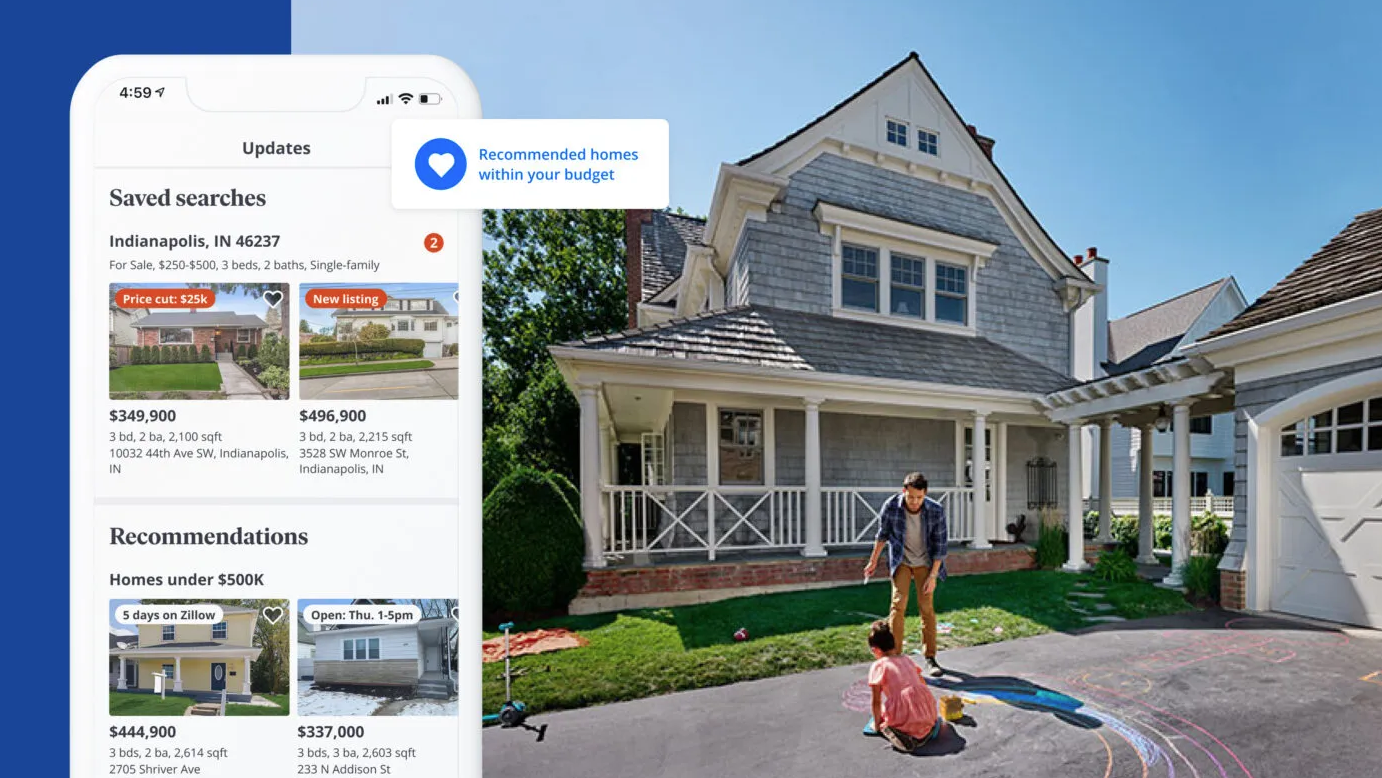From Concept to Launch: Building a Zillow-Inspired Real Estate App
Thanks to Zillow and other digital platforms, the real estate business has experienced a dramatic shift in the past several years. Connecting, browsing properties, and making educated judgments has never been easier than on these sites.
The real estate app industry is quite competitive, but also very lucrative, if you’re thinking about build an app like Zillow. But, from the first idea to the last launch, every step of app development must be meticulously planned for the app to be a success.
Research the Market and Come Up with Ideas
It is essential to perform comprehensive market research before beginning development. The success of your app will be built upon your understanding of your target audience, your rivals, and market trends. With its intuitive design, extensive property listings, and cutting-edge tools like the Zestimate, Zillow has become a household name. In order to be competitive, your software needs to provide comparable value while also adding features that make it different.
When you get to this stage, you should be asking yourself:
Get a good grasp of your target audience before you start thinking about your app’s features. With your intended users and the current state of the market in mind, sketch out all the features and functions you intend to incorporate.
Define the core features.
You can’t make an app similar to Zillow without these fundamental components. These features will serve as the foundation of your program, guaranteeing that it provides a smooth and beneficial user experience. Take into account the following important features:
Listings of properties
Included in your app should be a database of all available properties, whether they are for sale, rent, or lease. Listings ought to be comprehensive, featuring top-notch visuals, video tours, blueprints, and descriptions of the property. Put in the price, the square footage, the number of bedrooms, and the number of bathrooms, along with anything else that would be useful.
Powerful Search Tools with Filters
Incorporate a robust search feature that enables users to locate properties according to precise parameters including area, budget, property type, and more. Users can refine their search results with advanced filters, making it easier to find specific information.
Animated Map
Like Zillow’s interactive map tool, this one let users see how different properties sit in relation to one another and the surrounding area. Schools, hospitals, and public transportation can all be seen in the vicinity when users integrate Google Maps or a comparable service.
Saved Searches and User Profiles
Make it possible for users to sign up for a profile that will allow them to favorite properties, save searches, and get updates when there are new listings or price changes. User engagement and retention are both improved by this customization.
Media for Interaction
Add tools for chatting with sellers, landlords, or real estate brokers so that users may bypass middlemen. These may take the form of in-app chats or more traditional means of direct communication like email or phone conversations.
Using AR and VR for Grand Tours
As technology progresses, your app might stand out by giving virtual tours or augmented reality experiences. Users can explore homes from their devices with virtual tours, and with augmented reality (AR), they can have immersive experiences like seeing how furniture would look in a new room.
Selecting an Appropriate Technology Suite
Your real estate app’s success hinges on your choice of technological stack. The speed, scalability, and development time of the app are affected by your decision. A technology stack that could be used by an app similar to Zillow is as follows:
Front End Development
You may save time and money by developing apps that run on both iOS and Android with frameworks like React Native or Flutter.
Backend Development
On the server side, you have strong alternatives like Node.js (JavaScript) and Django (Python), which both provide efficiency and scalability. The construction of RESTful APIs is also supported by these frameworks, which is essential for front-end and back-end integration.
Integrating with Other Parties
If you want your app to be even more useful, you might think about integrating third-party services like Google Maps, Twilio, or payment gateways like Stripe or PayPal.
Creating the Concept
Entering the design and development phase is the next logical step after defining your features and selecting your technology stack. Make a visual model of your app using wireframing and prototyping as a starting point. If you want to make sure that the UX and UI are perfect, this is the stage for you. Make sure the layout is pleasing to the eye and simple to use.
Test and Launch
Make sure to test your software extensively before releasing it to the public. To guarantee compatibility and performance, test the app on various devices and OS versions. Keep an eye out for problems with functioning, security, and usability, and fix them.
In summary
A thorough knowledge of the market, the correct technology stack, and meticulous planning are all necessary to build a real estate app similar to Zillow. From ideation to release, adhere to these stages to build an app that sells well and satisfies your target demographic.

